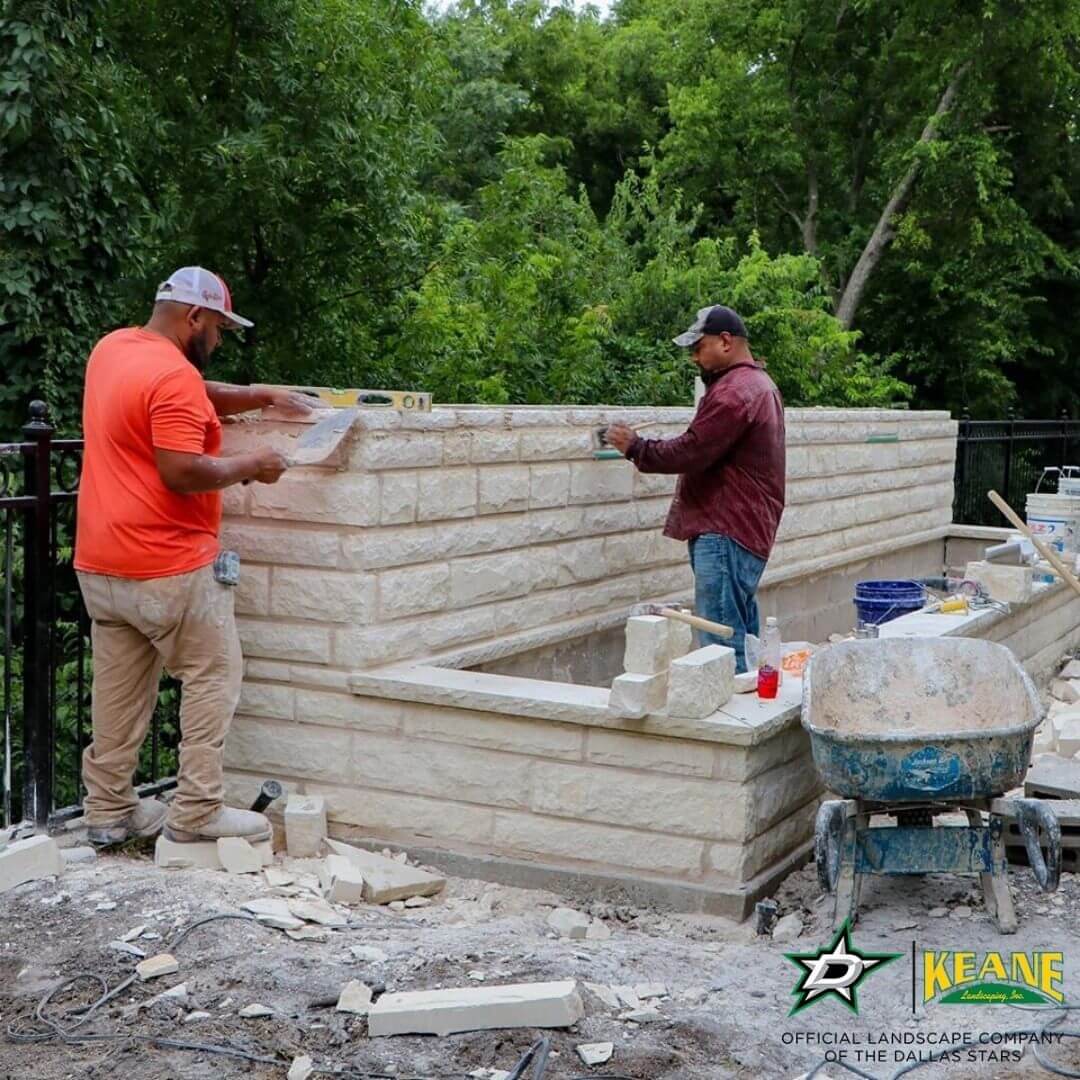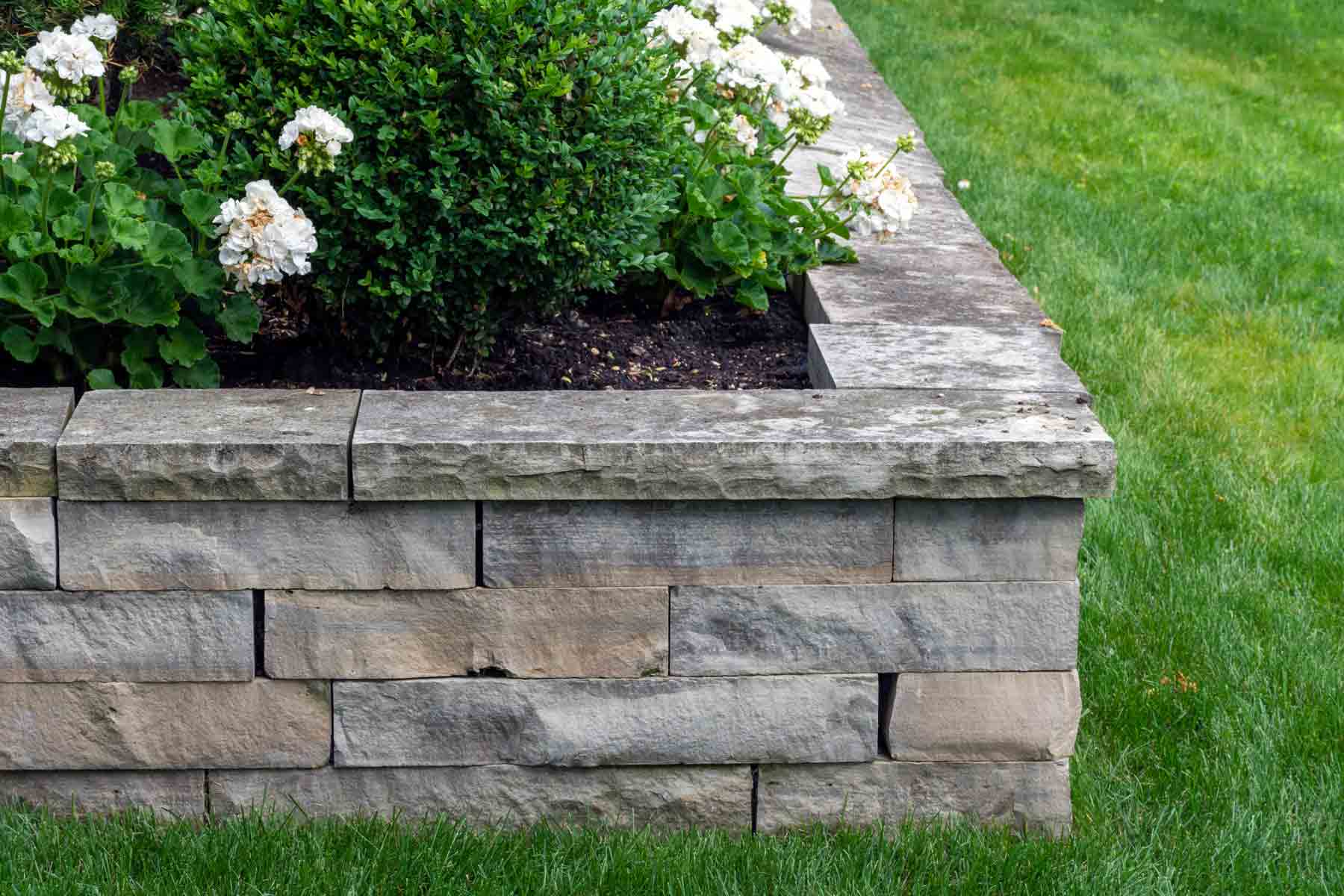Dependable Tuckpointing Services for Mending Block and Rock Surfaces
Dependable Tuckpointing Services for Mending Block and Rock Surfaces
Blog Article
Unlocking the Secrets of Sustainable Masonry Building Practices for Eco-Friendly Structures
Amongst the myriad techniques to eco-friendly structure, sustainable stonework construction stands out as a time-tested and durable approach that holds a riches of untapped potential. From the selection of products to cutting-edge building and construction strategies, the tricks to achieving sustainability within masonry building and construction are multifaceted and intriguing.
Benefits of Sustainable Masonry Building
Embracing lasting stonework building and construction practices not only lowers environmental effect yet also provides long-lasting financial advantages to builders and neighborhoods. By using products like recycled bricks, blocks, and rocks, building contractors can considerably lower the carbon footprint of their jobs while promoting source effectiveness. In addition, sustainable stonework construction strategies, such as proper insulation and thermal mass residential or commercial properties, can boost energy effectiveness within structures, resulting in minimized functional costs gradually.
Moreover, the longevity and resilience of masonry frameworks add to long-term financial advantages. Buildings built making use of sustainable stonework techniques commonly require much less upkeep and repair work, converting to cost financial savings for building contractors and homeowner. The durability of stonework materials likewise makes certain that structures continue to be steady and secure, lowering the need for regular restorations or substitutes.
Eco-Friendly Masonry Materials
Using green masonry materials is a crucial action in the direction of boosting the sustainability of construction practices and decreasing environmental effect while optimizing long-term economic advantages. Lasting masonry products are sourced, generated, and utilized in a way that reduces general ecological influence. Sustainable concrete blocks integrate recycled accumulations and may include improved insulation residential or commercial properties, adding to power efficiency in structures.
Furthermore, natural products like adobe, rammed earth, and straw bales supply excellent thermal mass residential properties, lowering the need for heating and cooling energy. These materials are frequently locally offered, advertising local economies and minimizing transportation-related carbon discharges. By picking environment-friendly stonework materials, construction jobs can significantly decrease their ecological footprint and contribute to the creation of healthier, a lot more lasting built atmospheres.
Energy-Efficient Stonework Techniques
Energy effectiveness plays a critical function in enhancing the sustainability of stonework building techniques. One crucial energy-efficient masonry strategy is the usage of thermal mass, which involves including dense products like concrete or brick right into the structure's structure to absorb and save warm.

Advancements in Sustainable Stonework
Current developments in sustainable stonework methods have brought around cutting-edge methods that are reshaping the construction market. click for source One such development is the development of self-healing concrete, which makes use of germs embedded within the concrete to recover fractures autonomously. This advancement not just minimizes maintenance prices however also boosts the longevity check my reference of masonry structures, contributing to their sustainability.
An additional noteworthy innovation is using recycled aggregates in stonework construction - masonry contractor. By including materials such as crushed ceramic waste or recycled glass right into concrete mixes, building contractors can minimize the ecological effect of construction jobs while keeping architectural stability. This technique not only draws away waste from land fills but additionally conserves natural deposits, making it a key improvement in lasting masonry building
In addition, the integration of digital layout devices, such as Structure Information Modeling (BIM), is reinventing the means stonework structures are planned and created. BIM permits even more specific estimations, reduced material wastage, and boosted energy effectiveness, eventually bring about even more lasting building techniques. These developments collectively symbolize an encouraging future for lasting stonework building and construction in the period of environmentally friendly buildings.
Future Trends in Masonry Sustainability
With the ingenious strides made in sustainable masonry practices, the future trends in masonry sustainability are poised to more revolutionize the construction industry. One of the key trends shaping the future of stonework sustainability is the raised assimilation of modern technology. Advancements such as Building Details Modeling (BIM) and digital fact simulations are being used to enhance stonework building and construction procedures, causing minimized material waste and improved power effectiveness in buildings.
Furthermore, the development of unique sustainable products is readied to play a considerable role in enhancing the eco-friendliness of stonework construction. masonry contractor. Innovations like self-healing concrete, recycled accumulations, and bio-based binders are cement contractors near me getting traction for their capacity to decrease environmental impact while keeping structural honesty

Conclusion
In conclusion, sustainable masonry building methods provide many benefits for green structures. By making use of green products and energy-efficient strategies, stonework can add to a much more sustainable developed atmosphere. Advancements in lasting masonry are continuously being developed to further boost the ecological performance of buildings. Looking in the direction of the future, the fad of masonry sustainability is expected to expand, bring about even more ecologically friendly and energy-efficient building practices in the years ahead.
Report this page